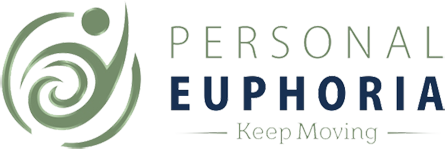I’d like to have a boxing match between our oblique muscles and our rectus muscle. Your rectus is the six pack muscle that everyone in the world wants. It allows you to flex forward like when we curl the upper body off the mat for our ab exercises. Your obliques are larger muscles on the side and front of you body that enable you to bend from side to side and twist, but they also help you curl forward with the rectus. Nobody seems to care about obliques and it’s a bit sad.

The six-pack muscle is important, don’t get me wrong, and I want a six-pack too, but since it is one of the muscles furthest from the center of the body, it offers the least amount of structural support. In pilates we are all about structural support and deep core strength.
In pilates class when you do any exercise where you lift your head of the floor, you really want to be thinking about the obliques working with the rectus. This will make your core stronger. The typical crunch we do at the gym where we try to crank through as many exercises as possible really emphasizes the rectus.
In class when we do leg circles or the hip release (anything where your legs will move to the side and away from the body) it is the obliques that keep the pelvis controlled, not the rectus. When your pelvis gets a little wiggly during an exercise it’s the obiques (and some other deep core muscles) that kick in to help you stay balanced and controlled, not the rectus. The obliques just do so much more; they are so versatile.

So next time you do any ab exercises, start to think about your obliques and give them a little more credit. You can get a nice line and shape to your stomach with toned obliques, as well as a six pack.
